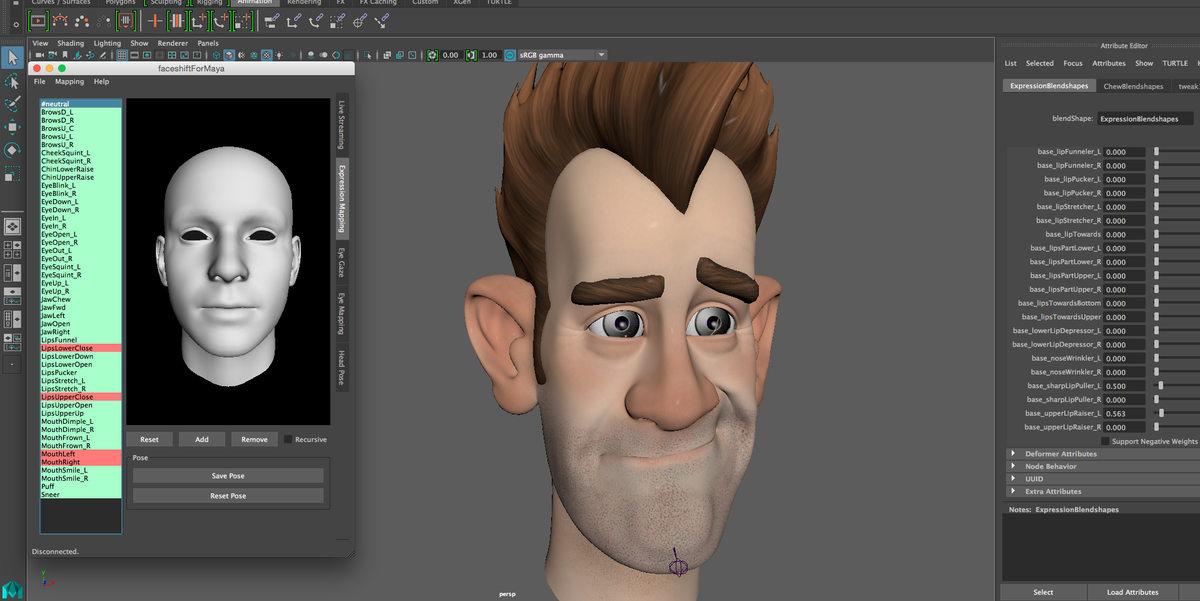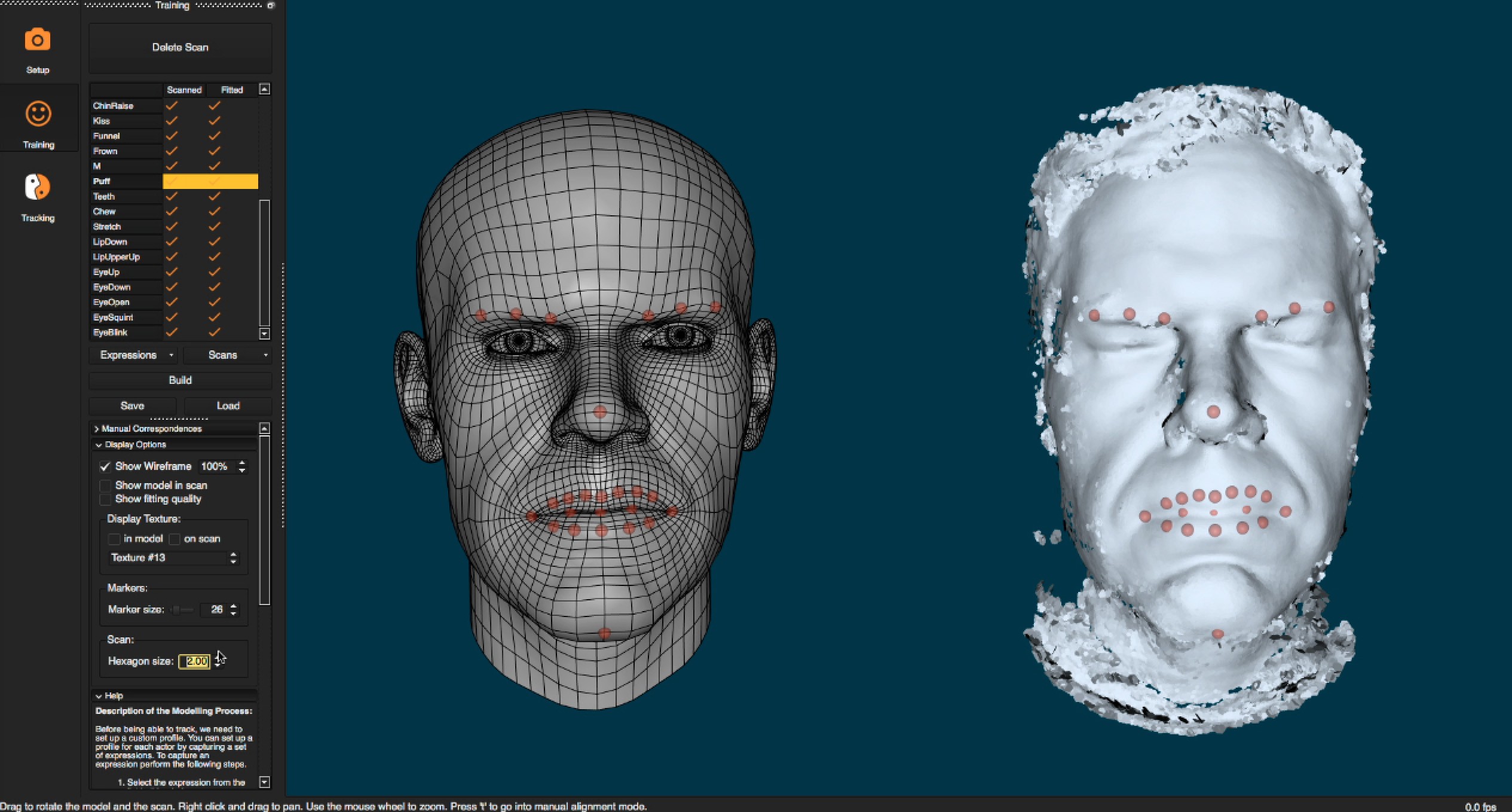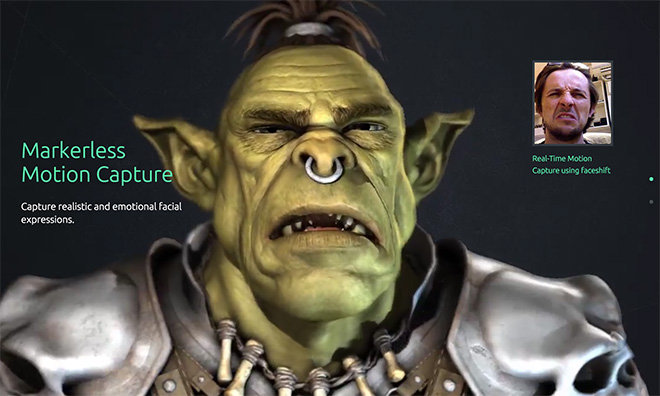

Faceshift could complement and expand Apple’s capabilities in these areas going forward.įaceshift was originally founded in Zurich by academics Thibaut Weise, Brian Amberg and Sofien Bouaziz as a spinoff from the Computer Graphics and Geometry Laboratory at the École Polytechnique Fédérale de Lausanne in Switzerland.

In a world where animation technology can be costly and time-consuming to implement, the startup’s main product was marketed a game changer: “Faceshift studio is a facial motion capture software solution which revolutionizes facial animation, making it possible at every desk,” according to the company.Įven so, the technology is also making an appearance at the highest level of wow: it’s used in the latest Star Wars film to make non-human characters more human-like in their expressions (a glimpse is at the 0:41 mark here and pictured above).Īpple itself already has patents and assets across motion capture, facial recognition and augmented reality, partly by way of three other European acquisitions, respectively PrimeSense, Polar Rose and Metaio. Its main focus, so to speak, was on visual effects in areas like gaming and film. And while it’s not something that Faceshift appeared to focus on in its lifetime as a startup, there may also be enterprise applications using facial recognition for identification or security purposes. In film production, the technology can be used to improve the process of animating characters to more closely mimic the actors’ facial movements.

In gaming experiences, people can adopt avatars whose faces will alter based on the players’ actual expressions for a more immediate and realistic experience. It’s not clear how Apple intends to use Faceshift’s technology, but there are a number of areas where Faceshift has been demonstrated and is already being used. From what we understand, several Faceshift employees are now working for Apple now out of Europe.


 0 kommentar(er)
0 kommentar(er)
